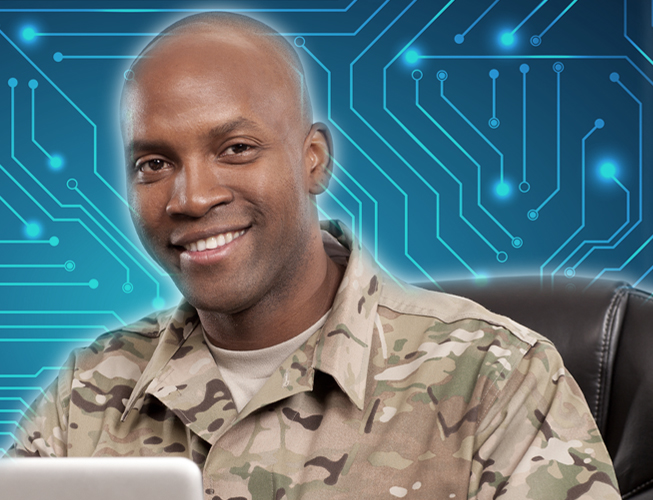Exploring the Role of Emerging Communication Technology in 21st Century Veteran Education
 Exploring the role of emerging communication technology in 21st century veteran education sets out to explore the role and possible benefits of utilizing emerging communication technology, such as social media and mobile devices, to enhance the educational experience for military veterans in the college classroom. By examining these variables within the context of Social Capital Theory (Putnam, 1995), this project seeks to gather descriptive information regarding the potential value of using communication technologies in order to better support the transition of military veterans from the battlefield to the classroom. Existing research already boasts a positive correlation between the use of social media and how the students describe the overall quality of their educational experiences, and contend that social media encourages greater student control, agency, and empowerment over their learning processes (McLoughlin & Lee, 2010; Rutherford, 2009). As such, in gaining an understanding of how social media, mobile technology, and related communication tools can be used within a college environment and then combining that knowledge with the unique needs of military veteran students, the goal of this project is to present a series of recommendations on how communication technology contributes to items such as citizenship, reciprocity, establishing networks, participation, norms, and trust among veteran students and their instructors and peers in the classroom. Further, this data will be used to establish strategies for practical uses of these technologies in a learning environment that can serve military-affiliated students and their peers alike. Once these guidelines are posited, next steps to further evaluate their effectiveness will be determined. As a final goal, formulating a list of ‘best practices’ for utilizing communication technology to create, support, or enhance a military-friendly learning experience will be achieved.
Exploring the role of emerging communication technology in 21st century veteran education sets out to explore the role and possible benefits of utilizing emerging communication technology, such as social media and mobile devices, to enhance the educational experience for military veterans in the college classroom. By examining these variables within the context of Social Capital Theory (Putnam, 1995), this project seeks to gather descriptive information regarding the potential value of using communication technologies in order to better support the transition of military veterans from the battlefield to the classroom. Existing research already boasts a positive correlation between the use of social media and how the students describe the overall quality of their educational experiences, and contend that social media encourages greater student control, agency, and empowerment over their learning processes (McLoughlin & Lee, 2010; Rutherford, 2009). As such, in gaining an understanding of how social media, mobile technology, and related communication tools can be used within a college environment and then combining that knowledge with the unique needs of military veteran students, the goal of this project is to present a series of recommendations on how communication technology contributes to items such as citizenship, reciprocity, establishing networks, participation, norms, and trust among veteran students and their instructors and peers in the classroom. Further, this data will be used to establish strategies for practical uses of these technologies in a learning environment that can serve military-affiliated students and their peers alike. Once these guidelines are posited, next steps to further evaluate their effectiveness will be determined. As a final goal, formulating a list of ‘best practices’ for utilizing communication technology to create, support, or enhance a military-friendly learning experience will be achieved.
